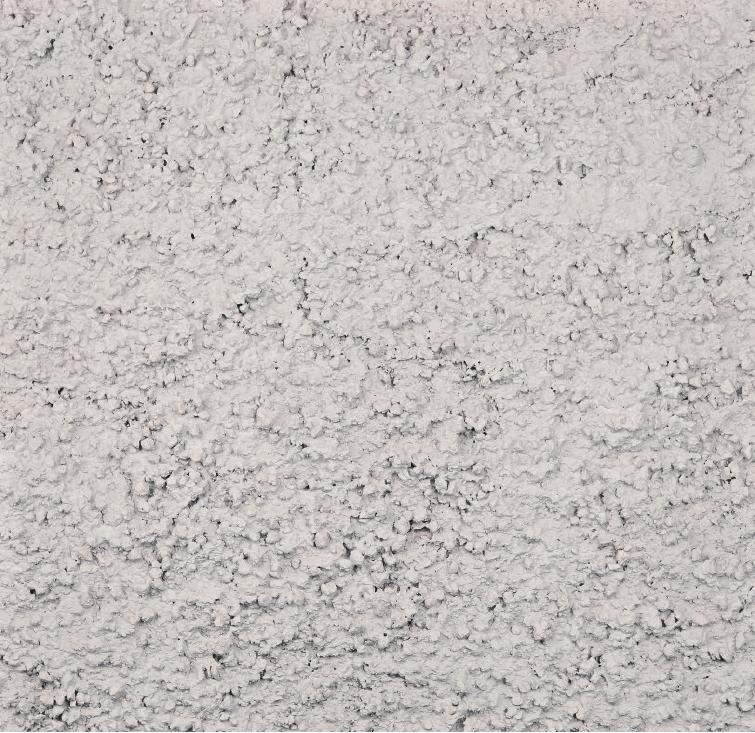Allgemein
Ein neues England
Der Londoner Stadtteil Shoreditch vereint vielerlei Kulturen und Aktivitäten – mehr noch als Brixton oder andere Stadterneuerungsgebiete des vergangenen Jahrzehnts. Sollte es tatsächlich eine neue Gesellschaft in England geben, so ist sie hier zu finden, und Rivington Place ist ihr Plenum. Inmitten des londontypischen Wirrwarrs aus Industriegebäuden, Eisenbahnbrücken, Bürokomplexen und Gassen mit Garagen kündet das glatte, schwarze, ein wenig von der engen Straße zurückgesetzte Gebäude davon, dass hier Kunst zu finden ist: eine Galerie im Erdgeschoss, ein Café mit angeschlossener Bibliothek darüber und Büroräume für zwei Organisationen, die der Initiator des Gebäudes, der Sozialkritiker Stuart Hall, ins Leben rief. David Adjaye hat hier ein Monument geschaffen, indem er Höhe, Farbe, Platzierung und Material sorgfältig so wählte, dass sich das Gebäude deutlich von seinen Nachbarn abhebt. Gleichzeitig reflektiert die Fassade durch ihre Detaillierung ihre inhomogene Umgebung und interpretiert sie neu. Die (kurze) Seite entlang der Straße zeigt eine flache Fassade, große Glasscheiben im Erdgeschoss und darüber Fenster, die mit vorgefertigten schwarzen Betonplatten alternieren. Die lange Seite dagegen – entlang einer Sackgasse, die den Parkplatz hinter dem Haus erschließt – löst sich zunehmend auf: Die Fenster sind in die Fassade eingezogen, werden auch mal durch schwarze Metallpaneele ersetzt, Größe und Rhythmus verändern sich diagonal über die Fassade hinweg, und ganz hinten kragt das Gebäude auch noch über dem Hof aus. Auf der Innenseite geht es ebenso komplex zu wie außen. Im dreigeschossigen Eingangsbereich wiederholt sich der Fensterrhythmus mit hinterleuchteten Glaspaneelen, und in der Bibliothek verwandeln sich die Rückseiten der Fassadenfertigteile in sperrholzbekleidete Bücherschränke, die eine abstrakt-moderne Interpretation der monumentalen Bibliotheken in Oxford und Cambridge darstellen. ~dr
~Aaron Betsky
big, black and beautiful: David Adjaye’s Rivington Place
Big, black and beautiful, the Rivington arts center anchors the Shoreditch art district north of London’s City with a small public gallery and a strong civic presence. Designed by David Adjaye and conceived by the maverick social critic Stuart Hall, Rivington Place combines a public gallery and café with a library and offices for two organizations Hall started to promote the inclusion of artists from different cultures into the British mainstream. Whether by intention or not, Adjaye’s design announces that black is not only beautiful, but is now a central part of the former Empire’s life.
Shoreditch, even more than Brixton or some of the other remarkable urban revitalization areas that have sprung up in London in the last decade, combines many cultures and activities in a collection of industrial buildings, railroad overpasses, office blocks and mews. Squeezed between the bailiwick of the High Tech Lords to the South, the still strongly ethnic areas centered on Brick Lane, and the also still rather tough area around Old Street, its gentrification is more diverse in everything from buildings to food to the people on the street. If one is to have faith in a new England, this would have to be it, and Rivington Place would be its new town hall.
The eight-million-pound structure faces Shoreditch’s main artery, Rivington Street, with a smooth black façade that, at five floors, is taller than most of its immediate, unpainted yellow brick or stucco-faced neighbors, and also distinguishes itself by being set back a few meters from the narrow street. This is clearly a building that seeks to be important, as if the black color of the pre-cast concrete panels that alternate with large planes of glass flush-mounted in steel frames would not make the difference in character clear. To drive that importance home, the ground floor consists almost completely of continuous planes of floor-to-ceiling glass through which passers-by can see not only the public art gallery, but also the concrete beam that holds up the bulk of the 1,300 square meters of building volume that hides behind that slick façade. The clean detailing of this storefront could denote an expensive shop, but its scale and the play of skin and structure already promises that it is going to be a place of art, rather than of quotidian commerce. Instead of showing us an open public space, it is a bit of an enigma. We know Rivington Place is a monument, because of its scale, color, placement, and material, but not because it presents itself as a solid, grand block in the manner of traditional cultural palaces.
Adjaye’s restatement of what makes a monument today becomes even clearer on the narrow cul-de-sac along which the Place’s long façade runs. While the side façade is still flat along the ground, public floor, the upper stories suddenly gain depth as the windows here set back. The pattern is not a regular one, and it takes a while to discern a modulation from small and thin to large and thick diagonally across the building’s face. Moreover, where one might expect a glass plane, Adjaye at times inserts a black-painted metal panel flush with the concrete panels. To finally undercut any certainty, the Place also cantilevers over the rear service yard. Adjaye gives us all the elements of what makes buildings look bigger, from the attenuation of structural elements to the play of small upper windows against large frames in the »piano nobile,« but mixes them up. The building does not set back from the bottom, but merely dissolves into a play of open and closed, smaller and larger, flush and inset, that makes it seem as if it is heaviest at the rear and is dissolving into the public life of the street. Saw-tooth skylights that hover over the top floor, rather than sitting logically along the whole roof, make reference to the surrounding industrial vernacular, but again only as disassociated fragments. All the pieces are there, but they do not mean what they should: the structure hiding behind the panels does not tell us about gravity, the openings tell us nothing about function and the whole tells us nothing about the building’s character. Rivington Place wants to make it clear that it is an arts center by being big like a monument and being artful in its abstract pattern. In these ways it is different from its context. It makes these statements while still referring to its neighbors with their mixture of solid, flush and most of all confused collections of built forms.
This sense of wanting to rethink both the program and the area (and the Place’s position within it) is even more evident from the inside, where the patterning of the windows means that in both the upper level offices and in the public spaces on the first three floors one sometimes looks out down towards the street, across at the undistinguished buildings around or up at the not always blue London sky. Adjaye turns the views of the area itself into an artful collage, creating hybrid combinations of white planes and fragmented city views.
In two spaces the Place’s interior also plays architectural games as complex as those of the façade. In the entrance, a three-story space dominated by a staircase connecting to the library, education spaces and project room above, the pattern of windows continues with rear-lit frosted glass panels, while the combination of white and grey colors further pulls the space apart into a three-dimensional composition. In the library, where the inside of the concrete panels become concrete boxes lined with plywood and containing books, the center regains the sense of public monumentality at which the front gallery window hinted. Surrounded by a cocoon of plywood, one sees that Adjaye has neatly abstracted the Oxbridge model of wood-lined bookcases into its modern equivalent. These rooms are the closest that Adjaye comes to making a space whose scale and composition confirms it as a place that is not just slightly removing itself from the everyday, but that is so abstract, so anti-logical and so beautifully composed that it cannot but be a place for art.
Rivington Place is the latest attempt by David Adjaye to make a building that is both abstract and yet referential, and to do so by re-composing simple elements. Rooms and windows, façades and openings, bottoms and tops and fronts and backs are all mixed up, and yet clearly organized according to a system that has an internal logic. The buildings do not explain or tell us anything and are autonomous, while at the same time both reminding us of where we are and presenting a presence that is new and slightly alien. They are elements of dense abstraction and refined collage that remove the essential elements from the everyday and turn it into art.
David Adjaye is proud of being a black man working in London, and it is perhaps no accident that Rivington Place’s skin is black. Adjaye makes continual references to his African roots in his work. Rivington Place is very much part of the art establishment, but also elegantly and in a very composed manner different. This is the new art world and the new culture of London, and both Adjaye and the center he has designed are forceful presences within that new reality.
Aaron Betsky ist Direktor des Cincinnati Art Museum. Bis 2006 leitete er das NAI, davor war er Kurator für Architektur, Design und Digital Projects am San Francisco Museum of Modern Art. Als studierter Architekt verfasste er rund ein Dutzend Bücher über Architektur und Design, 2009 erscheint »What is Modernism«.
Teilen:





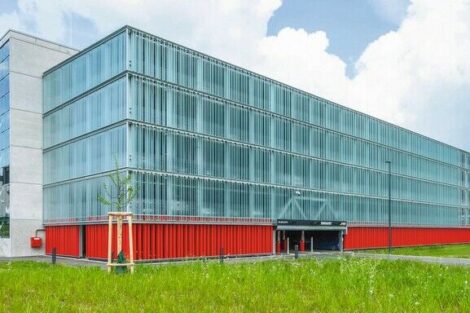
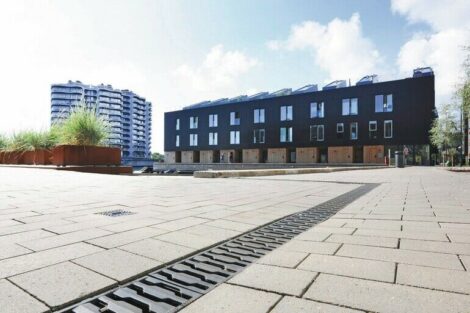

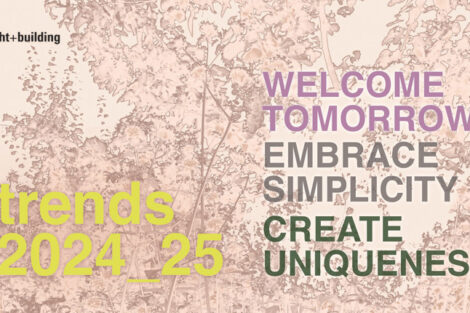
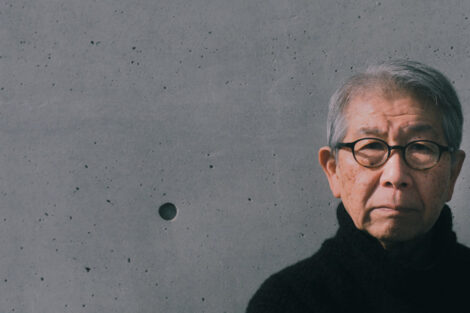

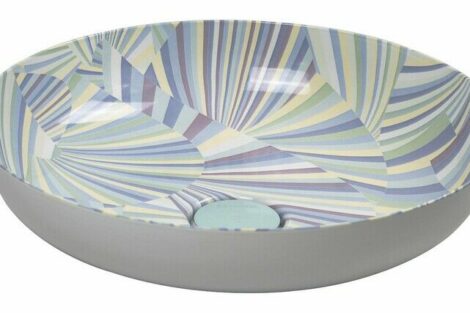
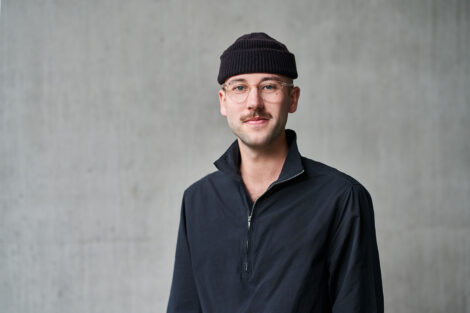
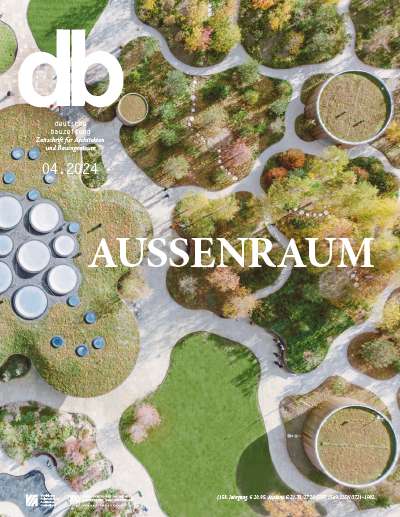

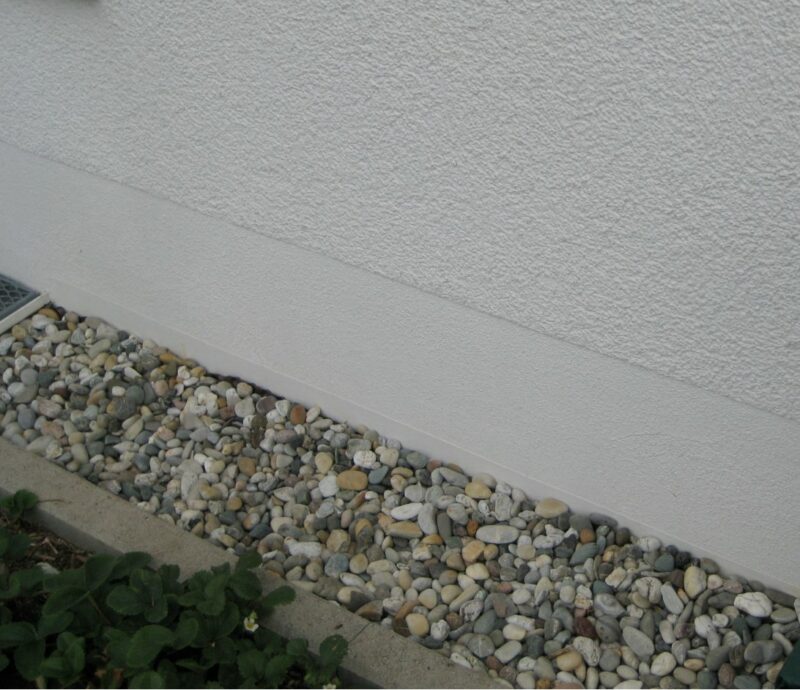
 Trockene Socken
Trockene Socken